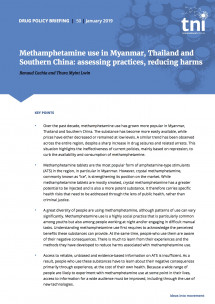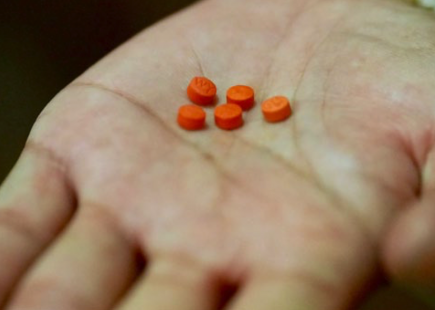Ideas into movement
Boost TNI's work
50 years. Hundreds of social struggles. Countless ideas turned into movement.
Support us as we celebrate our 50th anniversary in 2024.

Over the past decade, methamphetamine use has grown more popular in Myanmar, Thailand and Southern China. Based on in-depth interviews conducted with individuals who use methamphetamine, this briefing sheds light on the importance of promoting an environment that reinforces, rather than undermines, the ability of people who use methamphetamine to regulate their drug use, preserve their health and adopt safer practices.

